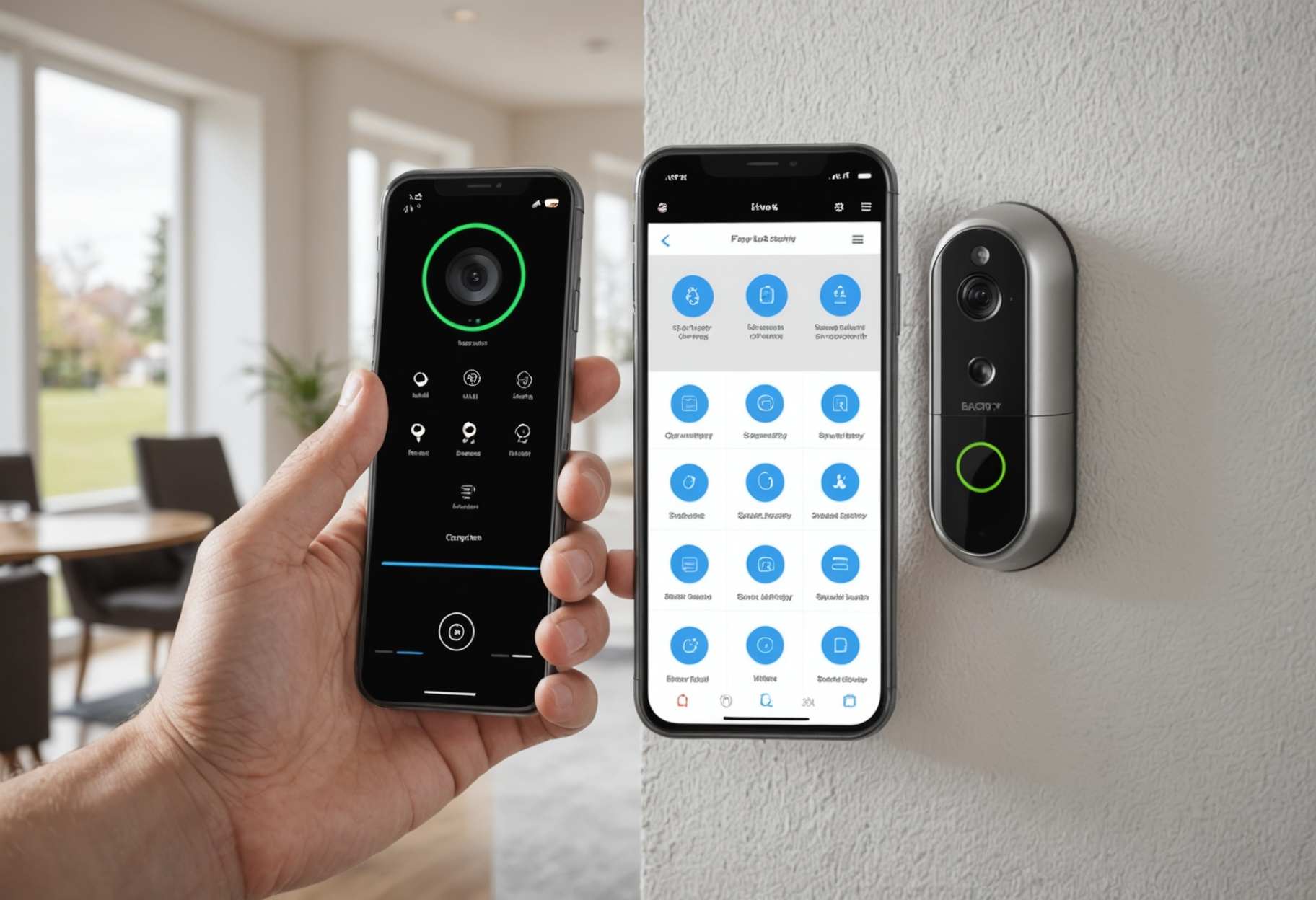- CONTACT US
- AFS
- Business
- Bussiness
- Car
- Career
- Celebrity
- Digital Products
- Education
- Entertainment
- Fashion
- Film
- Food
- Fun
- Games
- General Health
- Health
- Health Awareness
- Healthy
- Healthy Lifestyle
- History Facts
- Household Appliances
- Internet
- Investment
- Law
- Lifestyle
- Loans&Mortgages
- Luxury Life Style
- movie
- Music
- Nature
- News
- Pet
- Plant
- Politics
- Recommends
- Science
- Self-care
- services
- Smart Phone
- Sports
- Style
- Technology
- tire
- Travel
- US
- World
- エンタメ
- スポーツ
- 科学
- 経済

Content creator Tori Winstead is a mom of two boys in Scottsdale, Ariz. Her claim to internet fame: not giving her kids snacks.
In August, Winstead — whose Instagram bio reads “less snacks more fun” — shared her no-snack stance in a now-viral post. “I stopped giving my 2- and 4-year-old snacks and this is what happened,” she says in the video, rattling off a list of improvements to her home life. She has a “cleaner car.” Her kids are “cleaning their plates” at meal time because their tummies aren’t full from Goldfish and fruit snacks. She feels “more sane and more free.”
In her posts, Winstead, whose professional background was in real estate, lays out the kid snacking culture she’s rebelling against. “I cannot go to the park without every single mom there having packed snacks,” she says. “It’s literally 10:30 in the morning and every single kid out there is eating puffs, granola, fruit, you name it.”
It’s driven her to go on a “snack strike.” “You’re hungry?” Winstead says in another post. “Good. Maybe you’ll eat at dinnertime.” (Speaking to Yahoo, Winstead clarifies she would never actually “deny a hungry child.” Says Winstead: “I believe children should eat real food when they’re hungry. My kids can have snacks if they are expressing hunger. … If they are hungry, I offer an apple, a meat stick or a piece of cheese.”)
Read the comments reacting to her social media posts, and you’ll find a mix of parents cheering her on (“I never bring snacks to the park,” one mom responded. “Only water. Them getting hungry is how I convince them that we need to leave.”), other parents defending their own kids’ snacks and eating habits, and pediatric dietitians weighing in to offer their guidance. So how did snacks become such a divisive parenting topic — and do kids need them?
No, says Amy Johnson, who runs the parenting site Amy Baby. “Kids eat way too many snacks,” she tells Yahoo, adding that “the store-bought snacks found in the U.S. that target children are typically unhealthy.” Like Winstead, Johnson has two kids. “When we cut out snacks, our kids eat better at mealtime,” she says. “We try our best to cram activities and events into the weekends so the kids don't even notice they are missing snacks, and eat better during lunch/dinner.”
Conscious parenting coach and toddler mom Blanka Molnar takes more of an “everything-in-moderation” approach. “Some parents are very strict and try to control what their kids are eating, and other parents are very laissez-faire with how and what their kids consume on a daily basis,” she tells Yahoo. “I am trying to find the balance, and there are days when things totally spiral out of hand.”
But parents who give their kids snacks aren’t just using applesauce pouches to console tantruming toddlers. Snacks are built into many kids’ daily routines, whether their parents like it or not: snack time at school, orange slices and Pirate’s Booty after soccer games, seeing another mom give out yogurt melts during playground hangouts. And nutritionists say the issue isn’t so black-and-white.
“Snacking, when purposeful and intentional, is a wonderful way to support kids to keep up their energy and meet their huge nutrient needs as they're growing,” says mom of four and pediatric dietitian Aubrey Phelps. “Unfortunately, so much snacking has become junk food [or] highly processed foods that offer calories but no real nutrition. It's also often on a whim, any time a child expresses boredom, hunger, etc., instead of as part of an intentional offer.”
Michaelann Rangel, a registered dietitian at Children’s Health, agrees that not all “snacks” are created equal. “Too often we can think of snacks as those foods associated with the ‘snack aisle’ — things like chips, crackers, snack cakes, cookies, etc. Those are what I’d call treats.”
Treats should be indulged in sparingly. Snacks, on the other hand, “should be thought of as a small amount of healthy food, eaten between meals to take the edge off our hunger and give our body more nutrition,” Rangel tells Yahoo. “Kids can choose to eat or not, but they should be able to trust that there is a relatively predictable schedule of when food will be available, and between those predictable times they have the opportunity to develop hunger.”
“Snacks are an important part of a child's diet, when consumed appropriately,” adds Kellie Allen, a nurse practitioner at Bluebird Kids Health. “That being said, snacks should complement meals rather than replace them.” She also warns against using snacks as a reward for good behavior or to distract a bored child. “If snacks turn into an expectation for treats, it may be time to reconsider if [it’s] necessary,” Thea Runyon, founder and CEO of Pediatric Health Coaching Academy, tells Yahoo.
Judging from the chord Winstead’s “snack strike” posts seem to have struck with like-minded parents in her comments, there are a fair number of families who simply don’t do snacks. For those who do, the experts who spoke to Yahoo have some tips for doing it in a way that doesn’t wreak havoc on mealtime. Phelps suggests having at least two hours between feedings. “For kids, the sweet spot is typically two to three hours to make sure they're hungry, but not Snickers-bar-commercial ravenous,” she says.
She also has some simple formulas for suggesting snacks that are decidedly not treats: “Protein plus fat. Protein plus color. Fat plus color.” That might be, Phelps says, a cheese stick with an apple, mixed nuts, Greek yogurt with berries or a banana with peanut butter and hemp seeds. If convenience is key, she recommends premade bars from Dino Bars or Skout Organic.
“The best foods to offer are minimally processed foods that offer nutrients to help our bodies: fruits, vegetables, eggs, beans, nuts,” Rangel adds. “Consider a string cheese paired with fruit, a boiled egg with sliced cucumbers, a yogurt topped with sliced almonds, a small cup of whole-grain cereal and milk, a slice of whole-grain bread and peanut butter, a granola bar with grapes, etc. Have several options available and let kids choose two things that pair well together for them.”
Winstead takes a sterner view. “Stop buying single-serve packaged snacks,” she tells Yahoo. “Full stop. Don’t go down that aisle, don’t put it in your cart. If you fear your child will be hungry when out and about, a great option is an apple.”
Allen suggests spacing out snacks or offering “lighter, more balanced” options “instead of cutting out snacks completely.” She adds: “We don't want to shame children for listening to their bodies telling them that they are hungry; we want to encourage intuitive eating and learning natural hunger and satiety cues.”
LATEST POSTS
- 1
 Glen Powell will host 'Saturday Night Live' with Olivia Dean as musical guest: What to know ahead of their debut
Glen Powell will host 'Saturday Night Live' with Olivia Dean as musical guest: What to know ahead of their debut - 2
 Displaced Palestinian families suffer as heavy rains flood Gaza tent camps
Displaced Palestinian families suffer as heavy rains flood Gaza tent camps - 3
 This Flashy Old-School Design Trend From Italy Still Has A Place In Modern Kitchens
This Flashy Old-School Design Trend From Italy Still Has A Place In Modern Kitchens - 4
 Moscow accuses Berlin of stifling the opposition
Moscow accuses Berlin of stifling the opposition - 5
 Why the chemtrail conspiracy theory lingers and grows – and why Tucker Carlson is talking about it
Why the chemtrail conspiracy theory lingers and grows – and why Tucker Carlson is talking about it
 Vote In favor of Your Number one Savvy Beds
Vote In favor of Your Number one Savvy Beds Creative Do-It-Yourself Ventures for Each Expertise Level
Creative Do-It-Yourself Ventures for Each Expertise Level The Force of Care: Living with Goal
The Force of Care: Living with Goal Home Security Frameworks with Shrewd Elements
Home Security Frameworks with Shrewd Elements 10 Delectable Specialty Mixed drinks
10 Delectable Specialty Mixed drinks Vote In favor of Your Favored Web based Dating Application
Vote In favor of Your Favored Web based Dating Application the 6 Shrewd Beds for seniors: A Complete Survey
the 6 Shrewd Beds for seniors: A Complete Survey Investigating Inside Plan and Home Style: Change Your Residing Space
Investigating Inside Plan and Home Style: Change Your Residing Space Choosing Moving Styles for Your Restroom Redesign
Choosing Moving Styles for Your Restroom Redesign













